Improv > Improve
Why should a dancer improvise? Simply put, to develop a personal vocabulary. In my experience as a dancer, actor, choreographer and director, improvisation is the one tool that has taught me more about how to “be” all of those things better than technique classes, scene study, or preparing for rehearsals.
My mentor, Hanya Holm, often spoke about the need to explore every movement to its extremes so that you have more to choose from when you work. When I had the privilege to study and dance with Nancy Hauser and her company, she infused improvisation into our daily routine. Nancy taught me not only how to improvise, but how to use it as a way to extend my vision.
For me, “improv-ing” is much different than putting on a piece of music and moving to it -- although there is nothing wrong with that. In fact, there is no “right” or “wrong” when improvising. It is a tool for exploration; an immersion in the present tense; an opportunity to expand your own inner and outer awareness of the space within you and outside of you. Just as a writer uses specific language to describe or narrate, an artist who improvises discovers specific language for her/himself.
At NEDT, we are using structured improv regularly in our class and rehearsal process to help us stretch our boundaries and become better interrelated when we dance. Sometimes we use parts of speech such as adjectives or verbs as a springboard for exploration. Sometimes we use more pedestrian actions like walking, sitting, nervous habits -- again, as a springboard to find new ways to move. We always begin our improv session working solo altogether in the space. Sometimes it stays that way, and sometimes we incorporate other dancers in the progression. Starting out solo helps the individual to center and focus inward, helping to remove distractions or a feeling of being scattered. Once the prompt of the improv has been individually established in movement, then it is often a normal progression to involve others and collaborate, further expanding and defining the original prompt. Sometimes, when I lead the improv, I will make adjustments to the prompt while the dancers are improvising, giving instruction or guidance into moving the process forward. Sometimes, I say nothing, allowing the dancers to explore, evolve, collaborate, devolve and organically finish the improv when it has exhausted itself.
Every dance has a core. Every dance is “about” something. Maybe there is no storyline, but movement is language. The core of the dance should inform the movement, which may mean that the choreographer will need to stretch beyond a “style” in order to achieve what the dance demands. Using improvisation in the studio, or asking dancers to improvise in order to draw from their movement to help fulfill the choreography is a great way to bring your idea into reality. The beauty of improvisation as a tool to the choreographer, is that when “stuck” in a choreographic loop, it can free both the choreographer and the dancer by allowing them to stop and return to an organic approach to the concept of the piece. Improvising can bring new movement that the choreographer may never have conceived alone that will take the dance to the next level.
Why should a dancer improvise? TO IMPROVE!

